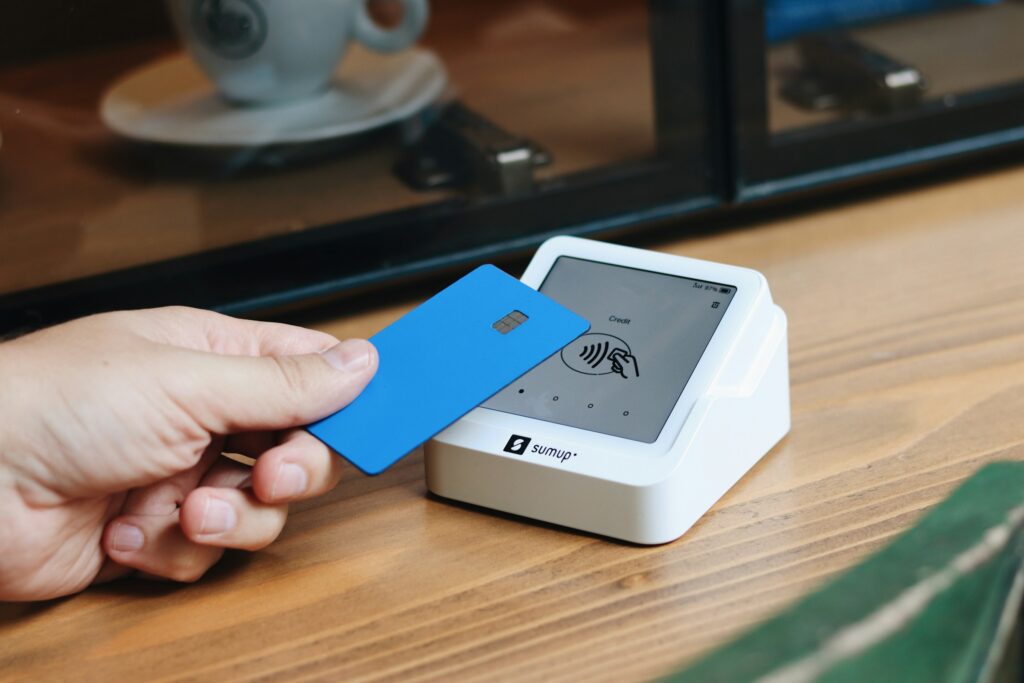-
Online accounting
-
Online accounting
- Tariffs
- Blog
- Contact

Table of Contents
An invoice is a formal document that a seller sends to a buyer detailing the products or services provided and the amount payable for those products or services. It serves as a request for payment, indicating the amount due, the payment terms, and the due date. Invoices are essential for maintaining clear records of sales transactions, ensuring that businesses get paid on time, and managing cash flow effectively.
The primary functions of an invoice include providing proof of sale, serving as a legal document for both the buyer and seller, and maintaining records for accounting and tax purposes. An accurate and properly formatted invoice helps streamline the payment process and prevents misunderstandings between businesses and their clients.
A timesheet invoice is used by businesses that charge clients based on hours worked, such as freelancers, consultants, or agencies. It includes details like the number of hours worked, the hourly rate, and the total amount due. Timesheet invoices help ensure transparency in billing for services that are based on time.
A past-due invoice is sent to remind a client that a payment is overdue. It includes the original invoice details, the outstanding amount, and any late fees or penalties that may apply. Past-due invoices are crucial for maintaining a healthy cash flow and ensuring that late payments are collected.
A recurring invoice is used for clients who are billed regularly for the same service or product, such as subscriptions or maintenance services. It automates the billing process by generating invoices at set intervals, such as monthly or annually, ensuring that the business is paid consistently without the need to create new invoices each time.
©️ Sol.online 2024. All rights reserved
